- Home
- About Us
- TSPT Academy
- Online Courses
-
Resources
- Newsletter
- Business Minded Sports Physio Podcast
- Day in the Life of a Sports PT
- Residency Corner
-
Special Tests
>
-
Cervical Spine
>
- Alar Ligament Test
- Bakody's Sign
- Cervical Distraction Test
- Cervical Rotation Lateral Flexion Test
- Craniocervical Flexion Test (CCFT)
- Deep Neck Flexor Endurance Test
- Posterior-Anterior Segmental Mobility
- Segmental Mobility
- Sharp-Purser Test
- Spurling's Maneuver
- Transverse Ligament Test
- ULNT - Median
- ULNT - Radial
- ULNT - Ulnar
- Vertebral Artery Test
- Thoracic Spine >
-
Lumbar Spine/Sacroiliac Joint
>
- Active Sit-Up Test
- Alternate Gillet Test
- Crossed Straight Leg Raise Test
- Extensor Endurance Test
- FABER Test
- Fortin's Sign
- Gaenslen Test
- Gillet Test
- Gower's Sign
- Lumbar Quadrant Test
- POSH Test
- Posteroanterior Mobility
- Prone Knee Bend Test
- Prone Instability Test
- Resisted Abduction Test
- Sacral Clearing Test
- Seated Forward Flexion Test
- SIJ Compression/Distraction Test
- Slump Test
- Sphinx Test
- Spine Rotators & Multifidus Test
- Squish Test
- Standing Forward Flexion Test
- Straight Leg Raise Test
- Supine to Long Sit Test
-
Shoulder
>
- Active Compression Test
- Anterior Apprehension
- Biceps Load Test II
- Drop Arm Sign
- External Rotation Lag Sign
- Hawkins-Kennedy Impingement Sign
- Horizontal Adduction Test
- Internal Rotation Lag Sign
- Jobe Test
- Ludington's Test
- Neer Test
- Painful Arc Sign
- Pronated Load Test
- Resisted Supination External Rotation Test
- Speed's Test
- Posterior Apprehension
- Sulcus Sign
- Thoracic Outlet Tests >
- Yergason's Test
- Elbow >
- Wrist/Hand >
- Hip >
- Knee >
- Foot/Ankle >
-
Cervical Spine
>
- I want Financial Freedom
- I want Professional Growth
- I want Clinical Mastery
So much information...so little time!!!The final weeks before the July 2018 NPTE exam are upon us! While this post is not about how to study, I do want to include my TOP piece of advice: As a general rule, I cannot stress enough the importance of taking practice exams and analyzing each question (both incorrect and correct answers). I took five or more practice exams and looked through every question thoroughly. Multiple times I found myself answering questions correctly, but using the wrong clinical reasoning. Other times, I would answer a question incorrectly, but had the proper thought process. These reviews will solidify the information you know and significantly improve your weak points. To read more about how Chris, Brian, and I prepared for the exam, click HERE. Whether you have been studying for 3 months, 3 weeks, or 3 days, this post is a friendly reminder to spend a little extra time on 3 important subjects. I break down each one below! Topic #1: Sensitivity, Specificity, and Likelihood RatiosWhile the direct 'research based' questions are <5% of the examination, it is important to know the difference between sensitivity, specificity, and likelihood ratios. These metrics are commonly seen on various examination techniques, and give practitioners an idea regarding how beneficial that test is clinically. Sensitivity refers to a test's ability to accurately rule out a disease and is scored between 0 and 1.00. Tests with high Sensitivity, rule Out a disease (SnOut). Specificity refers to a test's ability to accurately rule in a disease and is scored between 0 and 1.00. Tests with high Specificity, rule In a disease (SpIn). Positive and negative likelihood ratios work in a similar way but are not limited to numbers between 0 and 1.00. They act more as "persuasive information" and are more individualized than sensitivity and specificity (Jewell, 2010). Clinicians are required to determine a patient's pretest probability, then incorporate the likelihood ratio for the test and determine how "likely" the patient has the pathology. Keep in mind that the diagnostic accuracy applies to a specific patient population, and will change as other variables change. For example, the sensitivity and specificity of the Lachman's test is largely different in the acute phase of injury versus the chronic phase. Below is an example question from PT Final Exam: If a magnetic resonance image (MRI) correctly identifies 95% of patients as positive for anterior cruciate ligament tears, then the MRI is:
Topic #2: Special Test ClustersFrom the rotator cuff to the menisci, there are multiple special test clusters that exam participants must review. While these tests may lack good diagnostic accuracy individually, when clustered together, their ability to diagnosis tissue pathology significantly improves. In addition to the special test clusters, I highly recommend looking at Wells Criteria for a Deep Vein Thrombosis, the Ottowa foot and ankle rules, and hip/ knee arthritis criteria. Below are 4 major clinical clusters that are important for the NPTE. Topic #3: Cranial NervesWhile TSPT blog has a few posts on the cranial nerves, I have referred to our friends over at physiopedia for more in depth information. There will be test questions on the cranial so you must know each one and their function. "There are 12 pairs of cranial nerves and they are numbered according to their position of where they originate in the inferior surface of the brain...The names of the cranial nerves sometimes correspond with their individual function. The cranial nerves are comprised of axons that are either sensory, motor or both." [Reference: Cranial Nerves]. Watch the video below to learn more! Best of luck on your final weeks studying for the NPTE! Jim Heafner PT, DPT, OCS
4 Comments
Chase Edwards
7/12/2018 12:03:29 pm
as always great content, would love additional graphics for the criteria for patients to benefit from manipulation and for mechanical traction as well.
Reply
7/20/2018 05:11:26 pm
Research isn't an emphasis on the NPTE and the number of questions for this would only be a few. I would say that GI referral patterns are more important than understanding sensitivity and specificity.
Reply
7/20/2018 05:16:18 pm
Research isn't an emphasis on the NPTE and the number of questions for this would only be a few. I would say that GI referral patterns are more important than understanding sensitivity and specificity. Under the new blueprint format, familiarizing with the Lymphatic System will be key.
Reply
Jim
7/29/2018 09:25:53 pm
Thanks Miye for the comment!
Reply
Leave a Reply. |
Dr. Brian Schwabe's NEW Book in partner with PaleoHacks!
Learn residency-level content on our
Insider Access pages We value quality PT education & CEU's. Click the MedBridge logo below for TSPT savings!Archives
July 2019
Categories
All
|

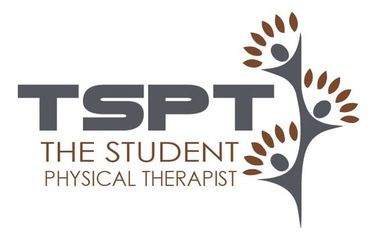
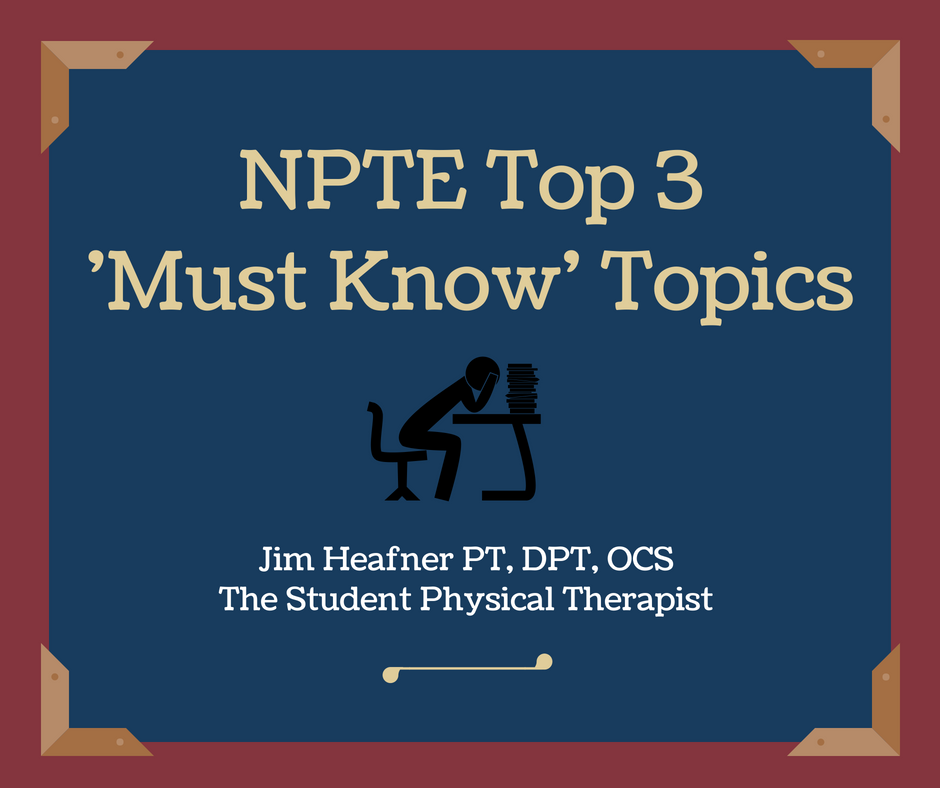

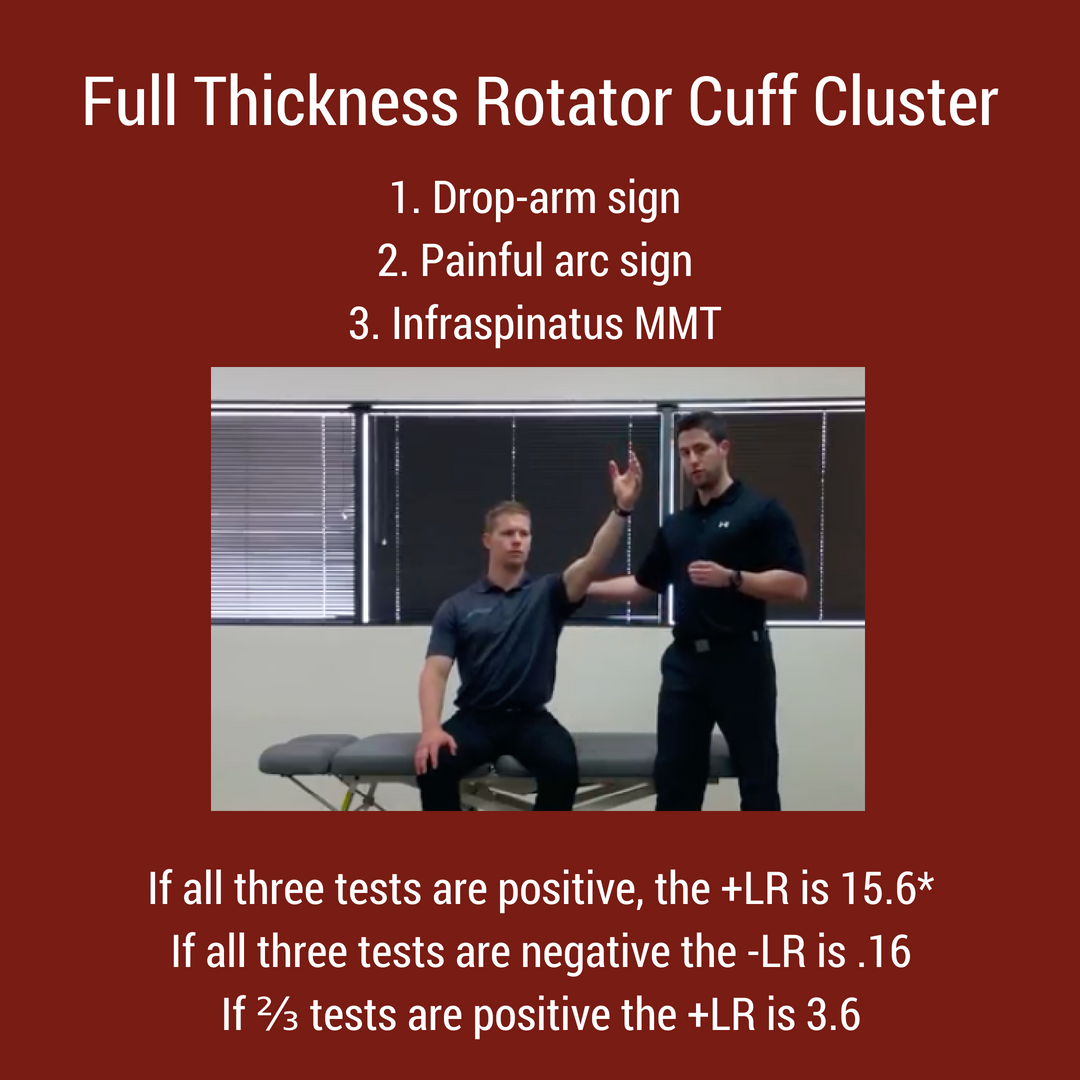
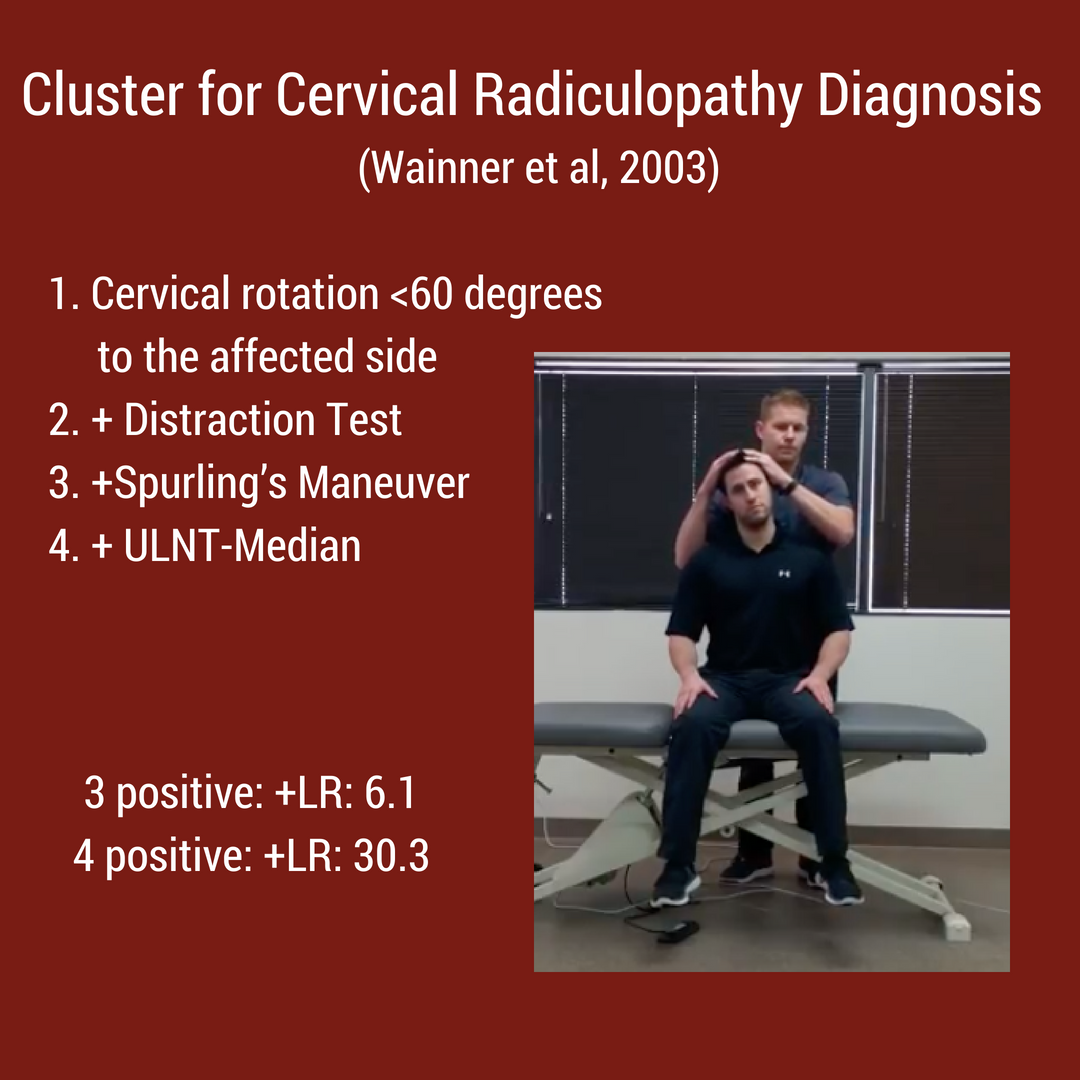
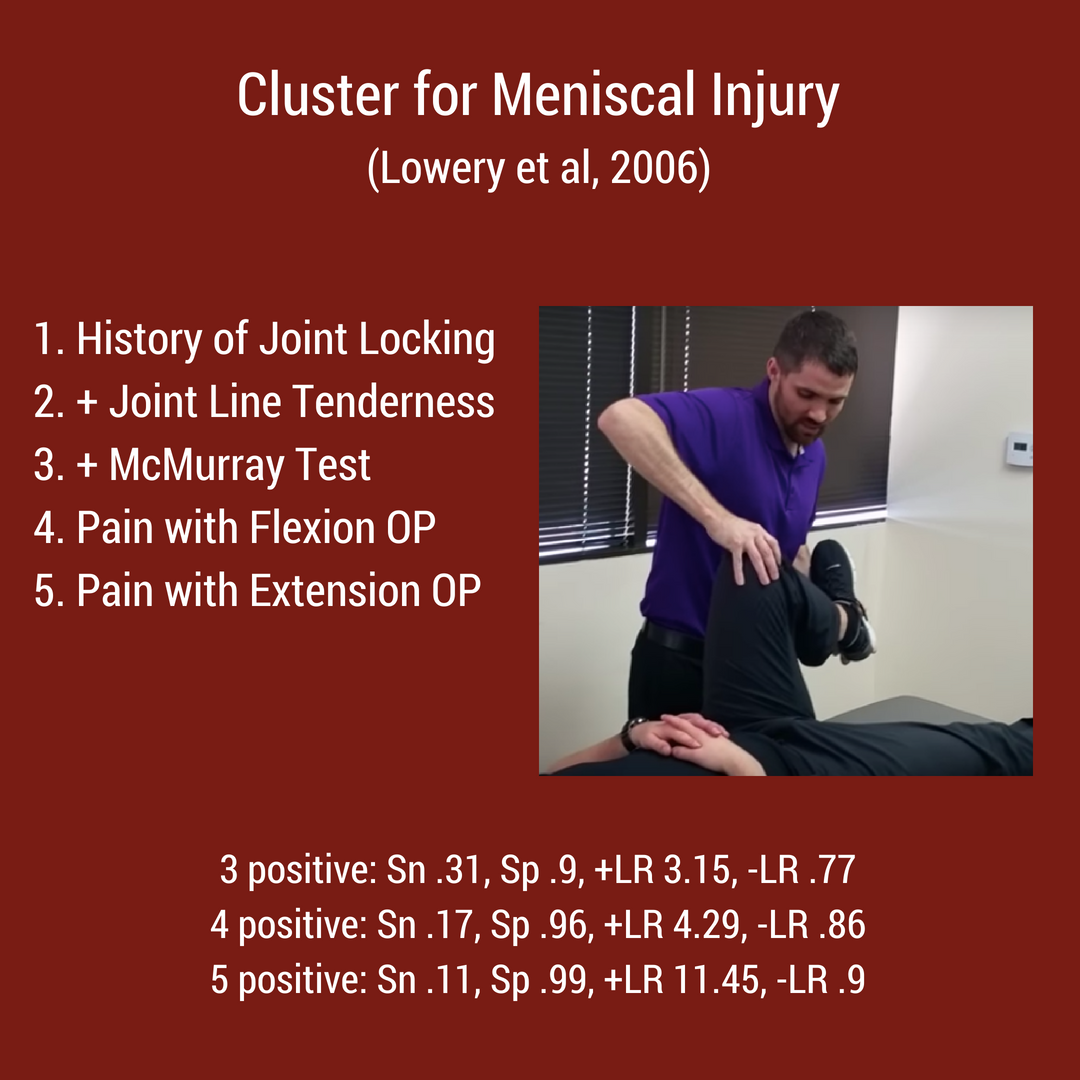
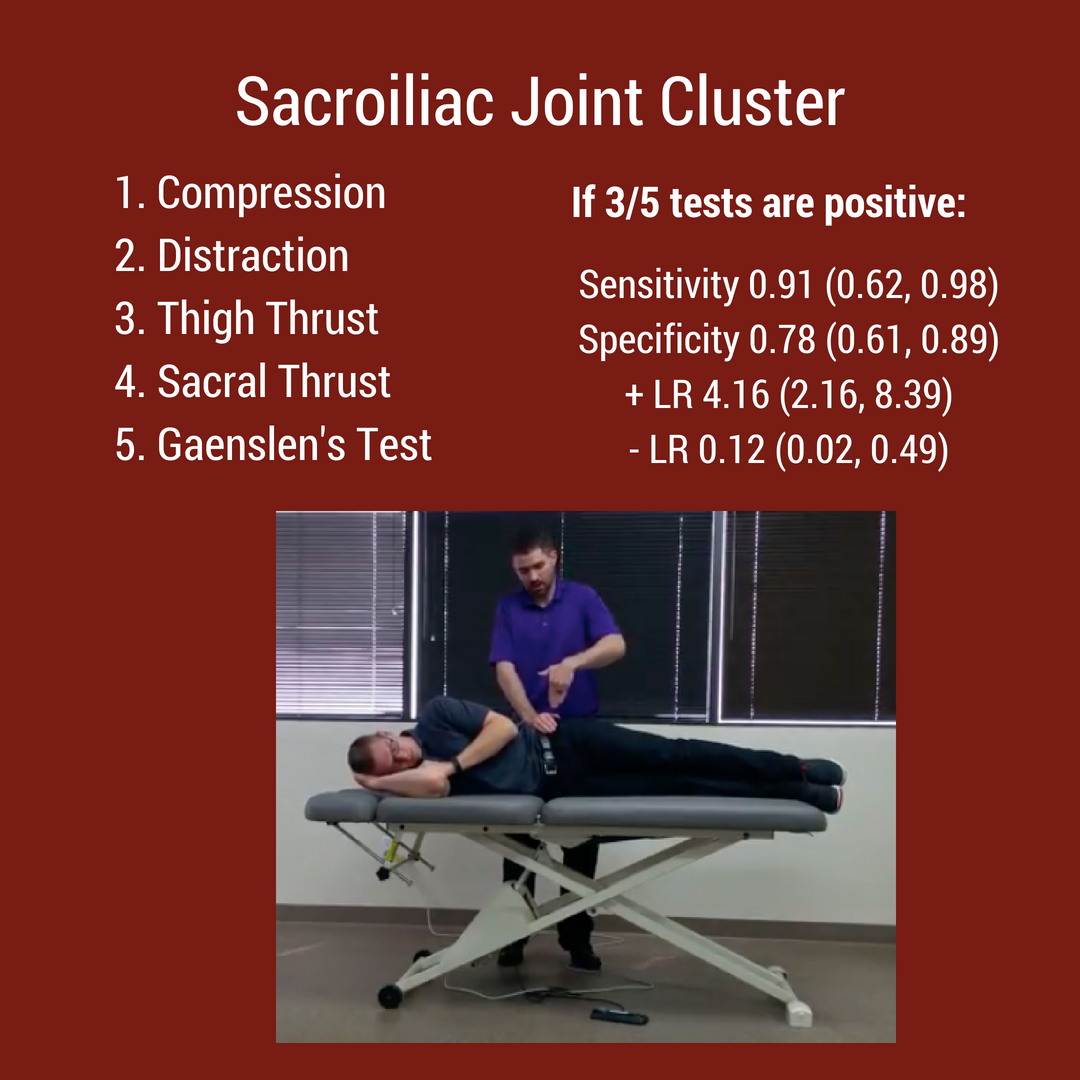
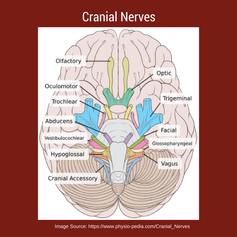
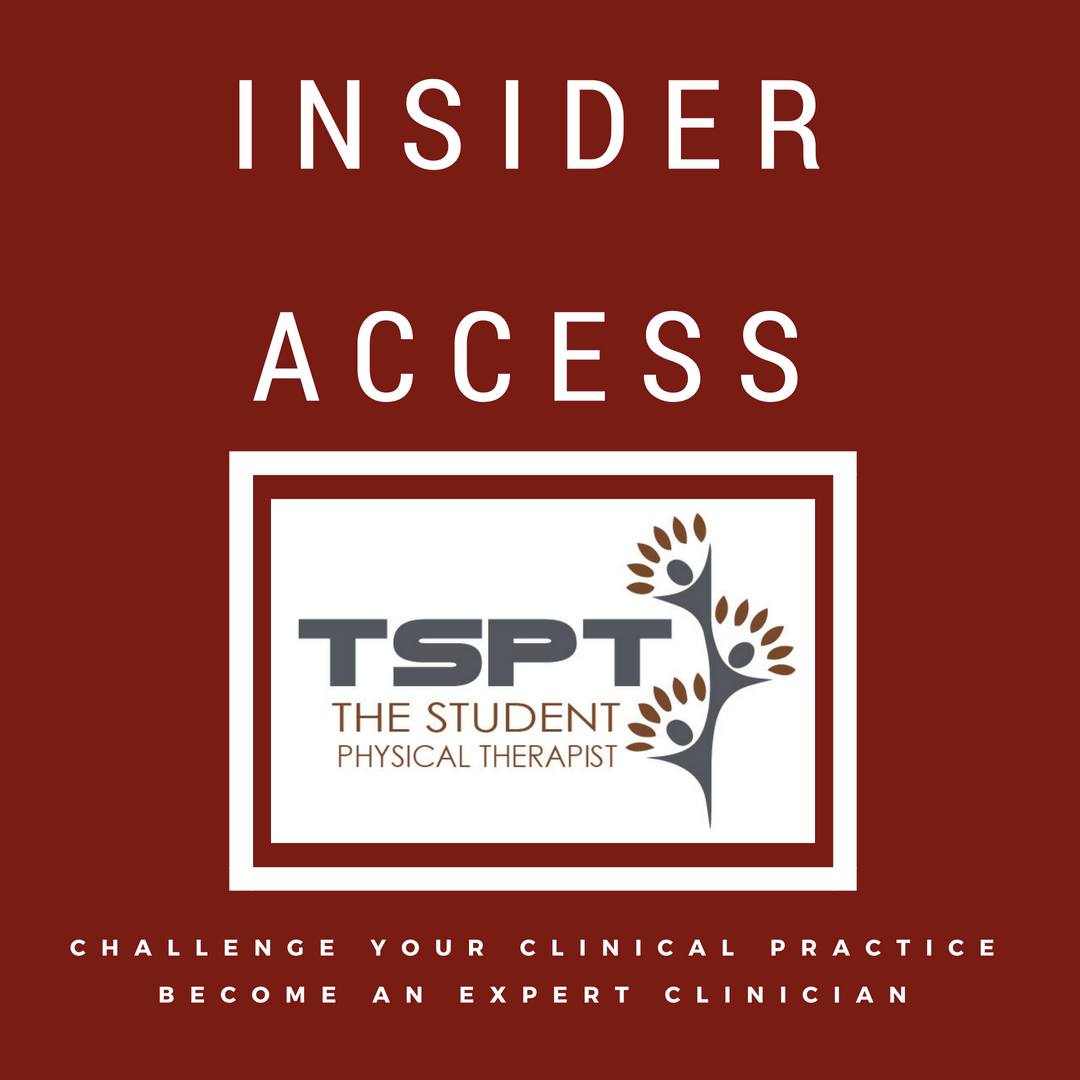
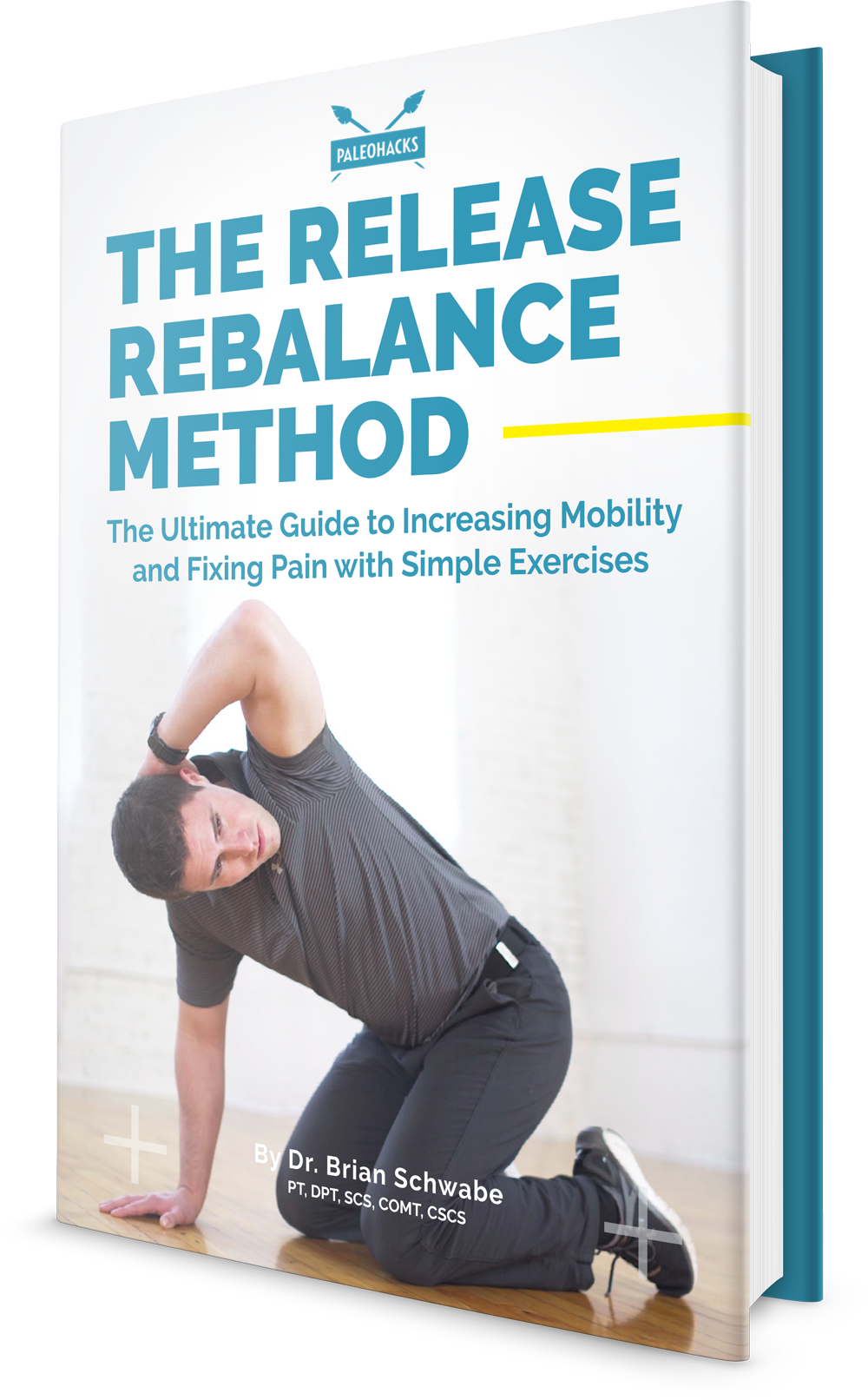



 RSS Feed
RSS Feed